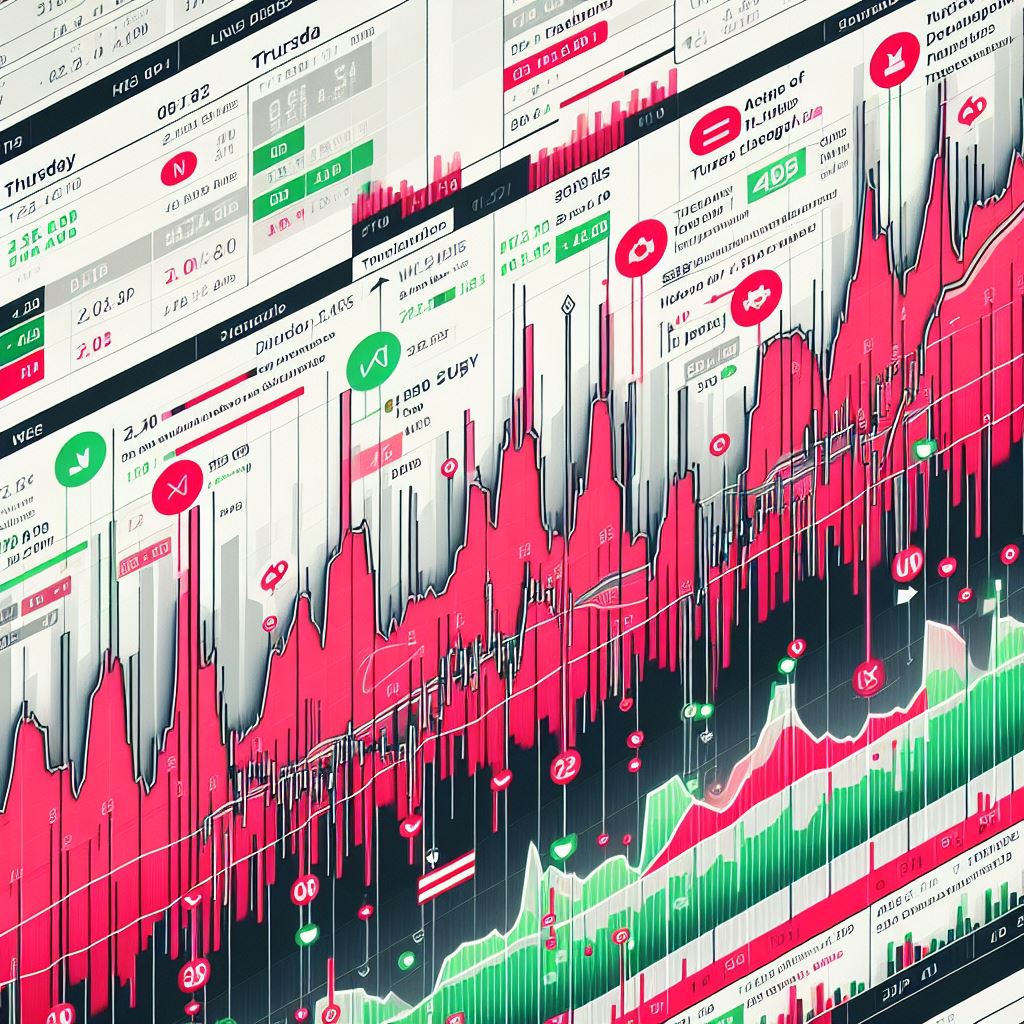Tech Stocks Lead the Decline – US stocks fell sharply on Tuesday, marking the start of September, a month known for its historical challenges in the market. Technology stocks bore the brunt of the decline, particularly Nvidia (NVDA), which saw a staggering drop of over 7%.
This decline pushed the Dow Jones Industrial Average (DJI) down by 1.5%, translating to a loss of more than 600 points. The S&P 500 (GSPC) declined by 2.0%, while the Nasdaq Composite (IXIC), heavily influenced by tech companies, experienced an even more significant fall with a 3.0% drop.
Investors are feeling cautious as they navigate the aftermath of August’s rollercoaster, fueled by worries about potential economic and political impacts this month.
Tech Stocks Lead the Decline – Nvidia’s Struggles Affect the Market
Nvidia’s substantial decline follows a disappointing earnings report, which failed to meet investor expectations. This report raised ongoing concerns about the sustainability of the artificial intelligence (AI) industry, a sector that has been driving much of Nvidia’s growth. As a result, Nvidia’s struggles have sent shockwaves through the tech sector. Other semiconductor companies also felt the heat; Broadcom (AVGO), Qualcomm (QCOM), and Taiwan Semiconductor Manufacturing Company (TSM) all saw their shares decline by more than 5%. These declines highlight the vulnerability of the tech sector, especially as market sentiment shifts.
Concerns About Broader Economic Impacts
The decline in tech stocks and the broader market raise questions about the economy’s overall health. With inflation still a concern, analysts are closely watching consumer spending and business investments.
 The recent performance of the stock market indicates that investors are becoming increasingly wary of potential economic downturns. Historical data shows that September has traditionally been a challenging month for markets, adding to the prevailing sense of unease.
The recent performance of the stock market indicates that investors are becoming increasingly wary of potential economic downturns. Historical data shows that September has traditionally been a challenging month for markets, adding to the prevailing sense of unease.
Jobs Report on the Horizon
Amid these concerns, investors are keeping a close eye on the upcoming August jobs report, scheduled for release on Friday. This report could play a crucial role in shaping the Federal Reserve’s decision regarding interest rate cuts. As inflation begins to ease, the Fed is particularly focused on how the labor market is performing. The July jobs report had already shown signs of a slowdown, raising questions about whether this trend will continue. If the upcoming report indicates continued challenges in the labor market, it could lead the Fed to consider a more substantial rate cut during their meeting this month.
The Fed’s Role in Market Dynamics
Market participants are particularly interested in how the Federal Reserve will respond to the upcoming jobs data. The latest reading of the Fed’s preferred inflation gauge showed price increases continuing their downward trend toward the Fed’s 2% target.

This puts pressure on the upcoming labor report to influence the magnitude of any interest rate cuts. According to Ben Ayers, a senior economist, a rate cut in September seems assured. However, if inflation continues to cool, the Fed might have the leeway to implement more aggressive cuts at future meetings. Markets currently price in a 31% chance of a 50-basis-point rate cut in September.
Manufacturing Activity Shows Signs of Strain
In related economic news, the Institute for Supply Management (ISM) reported a slight uptick in the US manufacturing index for August. However, the reading still fell below a critical threshold, suggesting that manufacturing activity is contracting.

This decline in manufacturing activity adds to the concerns about the economy’s overall health and highlights the challenges ahead for investors. As manufacturing accounts for a significant portion of the economy, a slowdown in this sector can lead to broader economic implications.
Tech Stocks Lead the Decline – Investor Sentiment and Market Outlook
As September unfolds, the stock market faces a challenging environment. Investors are trying to balance their portfolios amidst the uncertainty surrounding economic indicators and market performance.

With tech stocks leading the decline and significant economic reports on the horizon, the potential for volatility remains high. The outcomes of the jobs report and the Fed’s response to labor market conditions will be critical in shaping market sentiment in the weeks to come.
Tech Stocks Lead the Decline – US stocks fell sharply – Take Aways
In summary, the start of September has brought challenges for US stocks, particularly within the tech sector. Nvidia’s struggles have weighed heavily on the market, and broader economic concerns continue to linger. As investors await the critical jobs report, they are looking for signs that the labor market remains strong. How the Fed responds to the evolving economic landscape will be crucial in determining market direction in the coming months. With cautious optimism, market participants will be closely monitoring these developments, hoping for stability and growth despite the challenges ahead.

